Is shochu the right alcohol for yourkitchen?
Alcohol has always had a home in the kitchen, and not just for drinking. Many recipes across different cultures call for a splash of wine, but in the realm of Japanese cooking, sake often gets utilized alongside sweet mirin.
That said, Japan’s more famous traditional alcohol isn’t the only one you can use when preparing meals; shochu, sake’s higher-ABV though less-internationally renowned cousin, also adds a noteworthy punch to many great plates, especially when it comes to traditional cooking and sauces. Comparatively flavor neutral compared to other alcohols when cooked down, see if it’s a good fit for your palate the next time you try your hand at Japanese cooking!
How to use shochu in cooking
The simplest way to use shochu as an ingredient is by dripping some into sauces! Just adding a teaspoon of shochu into, say, your yakiniku dipping sauce adds a subtle but refined twist to your Japanese barbeque. These shochu-infused sauces taste great whether you’re grilling up fine Matsuzaka beef or a humble cut from your local market. A little goes a long way!
Shochu also works well with any number of stewed dishes. Add some to your home cooked nikujaga, the literal meat and potatoes of Japanese home cooking, or your hearty wintertime nabe (hot-pot). It even tastes great with sukiyaki! If you’re feeling something a bit more adventurous, though admittedly less healthy, go for Japan’s version of beer-battered onion rings by using shochu in a homemade tempura batter. It pairs particularly well with fish and vegetables while also accentuating their crispiness. As you can see, shochu can be used in place of cooking sake for most dishes.
Picking the right shochu
Shochu can be made from potatoes, barley or even rice! When so many different kinds of shochu sit on the shelves, picking the right kind for your dish can seem intimidating. While potato and rice shochu may occasionally be used for their distinct flavor in specific recipes, barley shochu typically maintains the most neutral flavor profile in the shochu family line. With plenty of inexpensive options, it gets our recommendation for your general kitchen use. That said, don’t be afraid to experiment with different flavor combinations once you get the hang of cooking with shochu!
An easy way to start cooking with shochu
You want to dip your toe into shochu cooking but you don’t want to mess up a whole dish. We’re here to help! A splash of shochu gives any Japanese stew a bit more of an adult flavor, so you could take with your favorite sukiyaki or nabe recipe and substitute the sake for shochu.
To give you something easier to start with, try this simple yakiniku sauce recipe you can make with common ingredients.
- 125 ml of soy sauce (half a cup)
- 70 ml of shochu (approx. 6 tablespoons)
- 6 ml of sesame oil (½ teaspoon)
- Just stir these up and pour into a serving dish! It’s also great with tofu.
References :
https://misosoup.site/what-to-do-with-leftover-shochu/
https://misosoup.site/can-i-use-shochu-instead-of-cooking-sake/
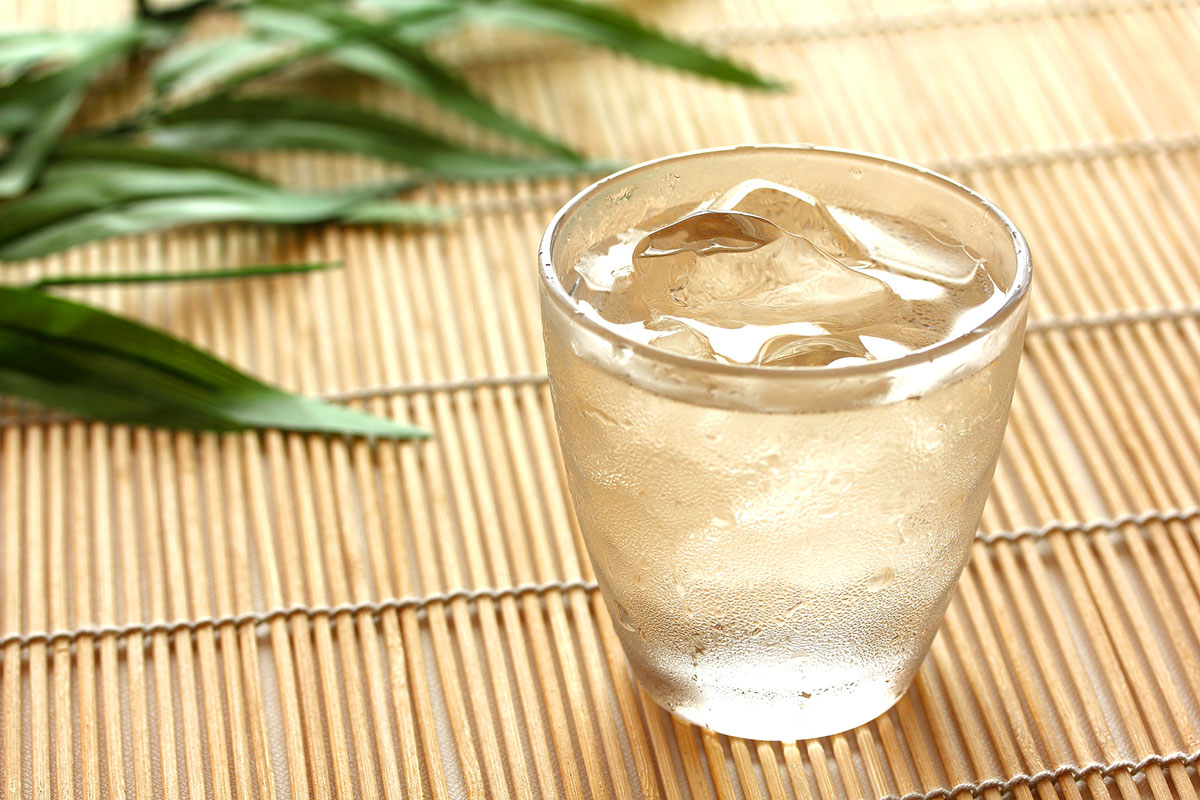
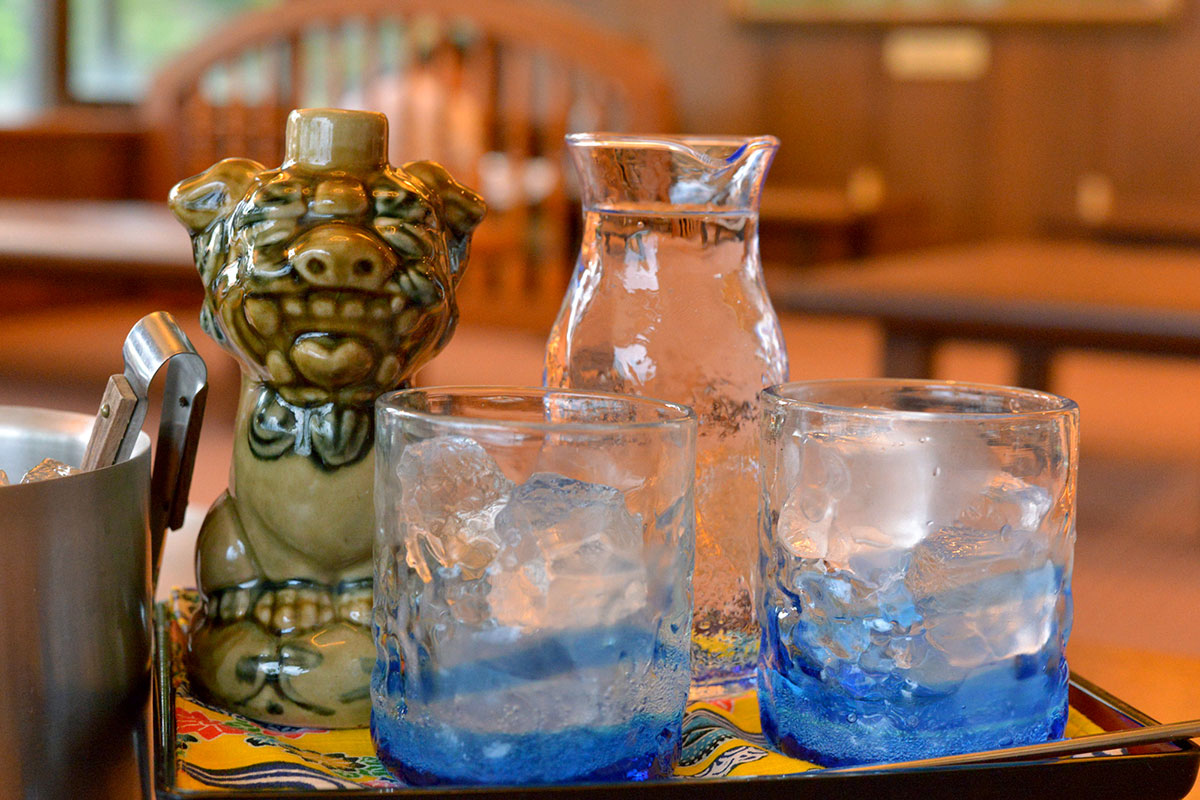
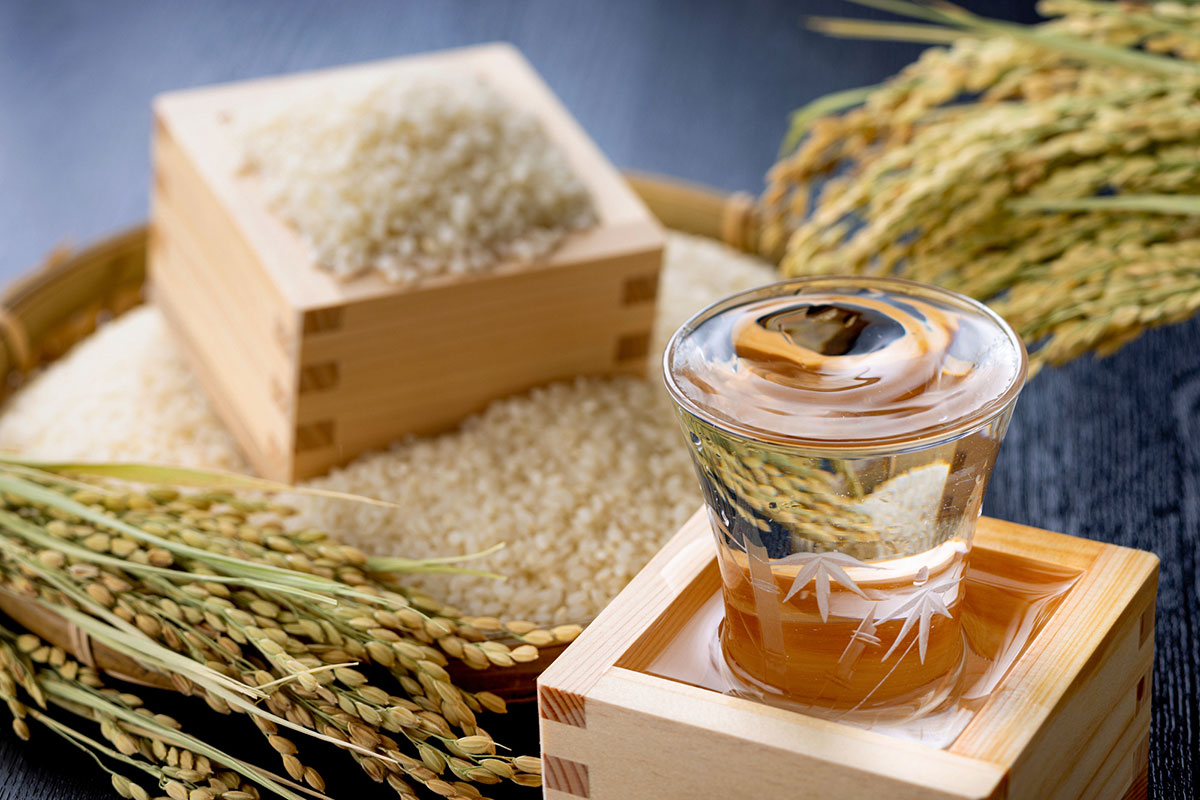
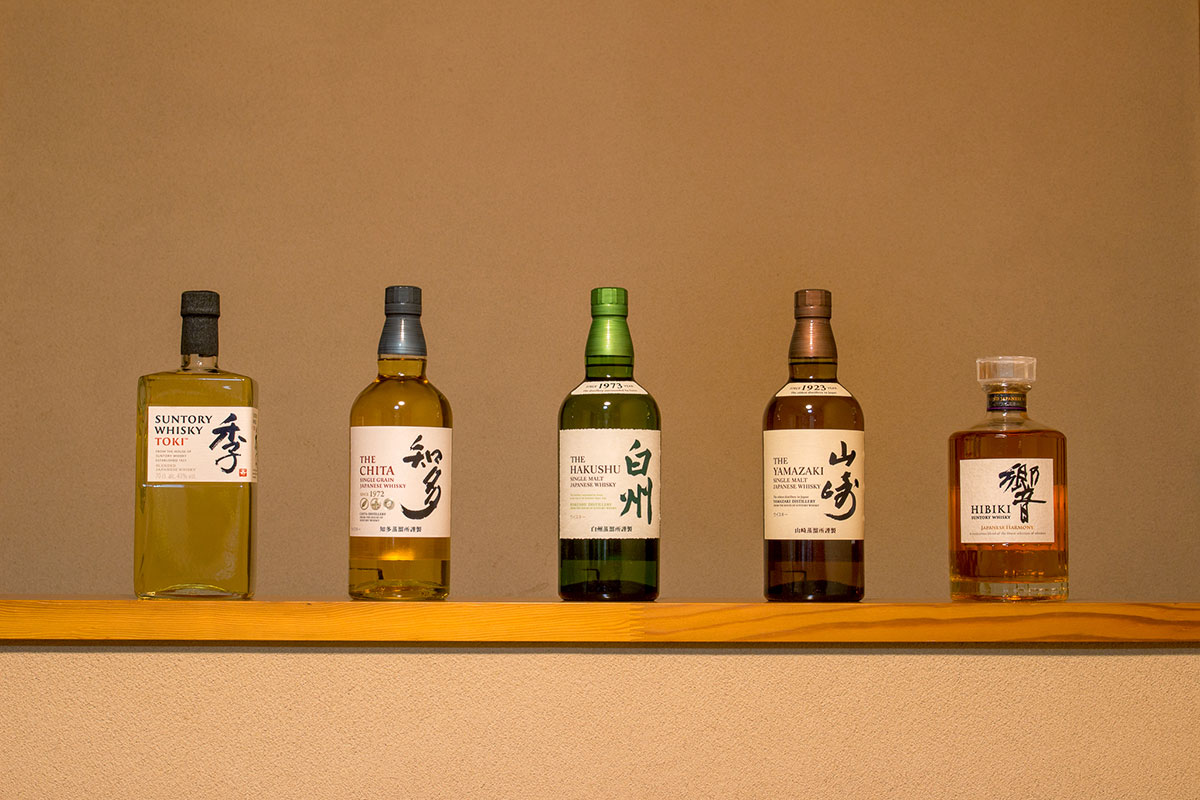
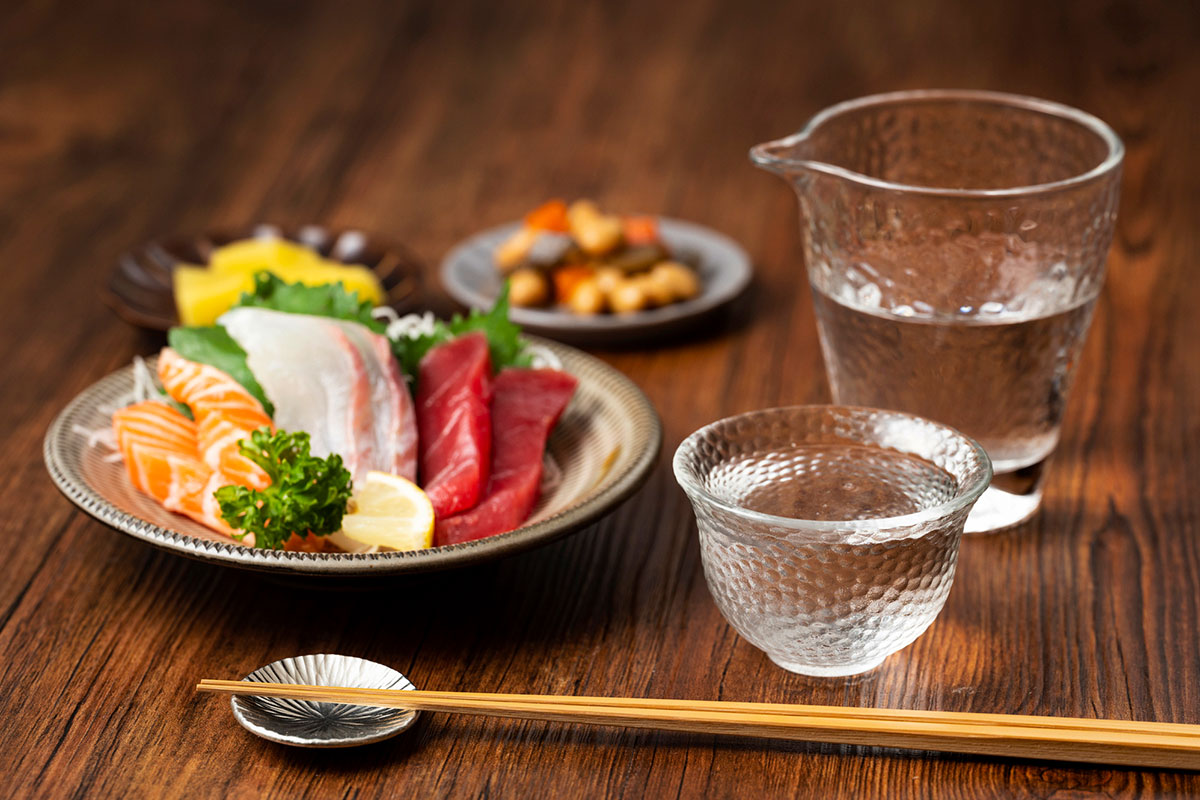
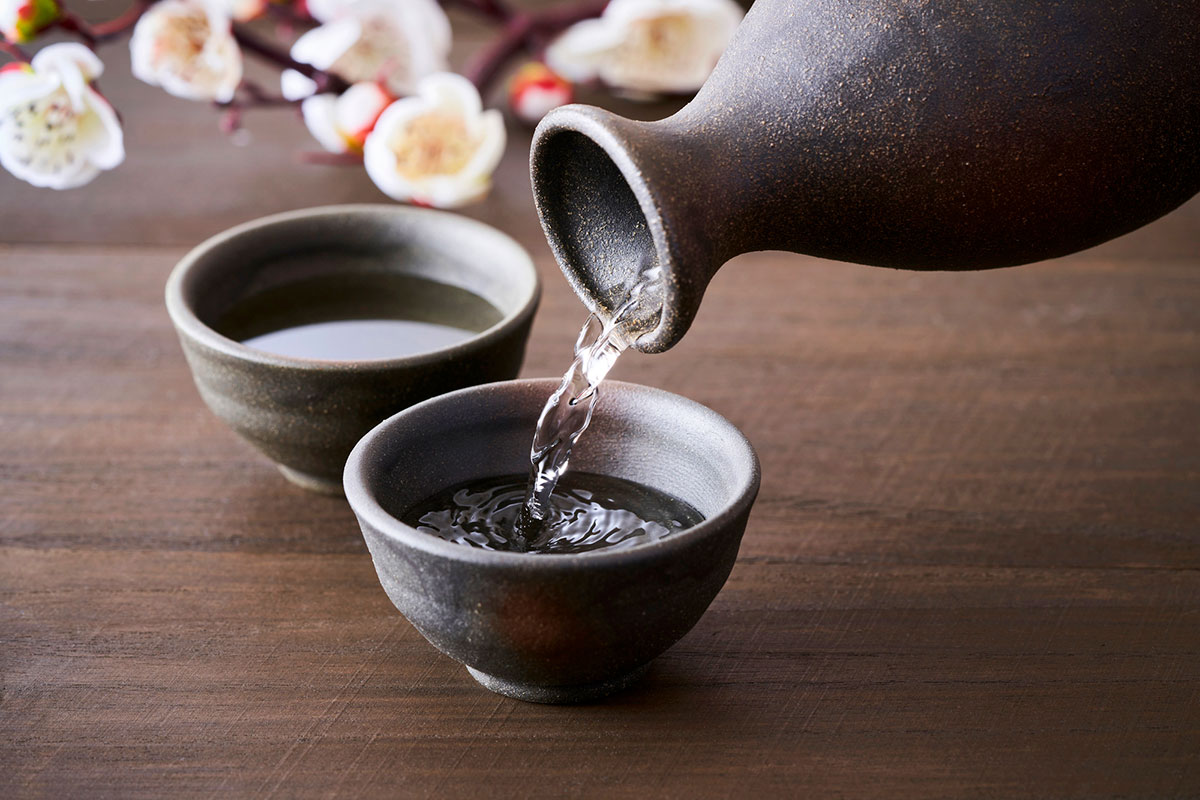

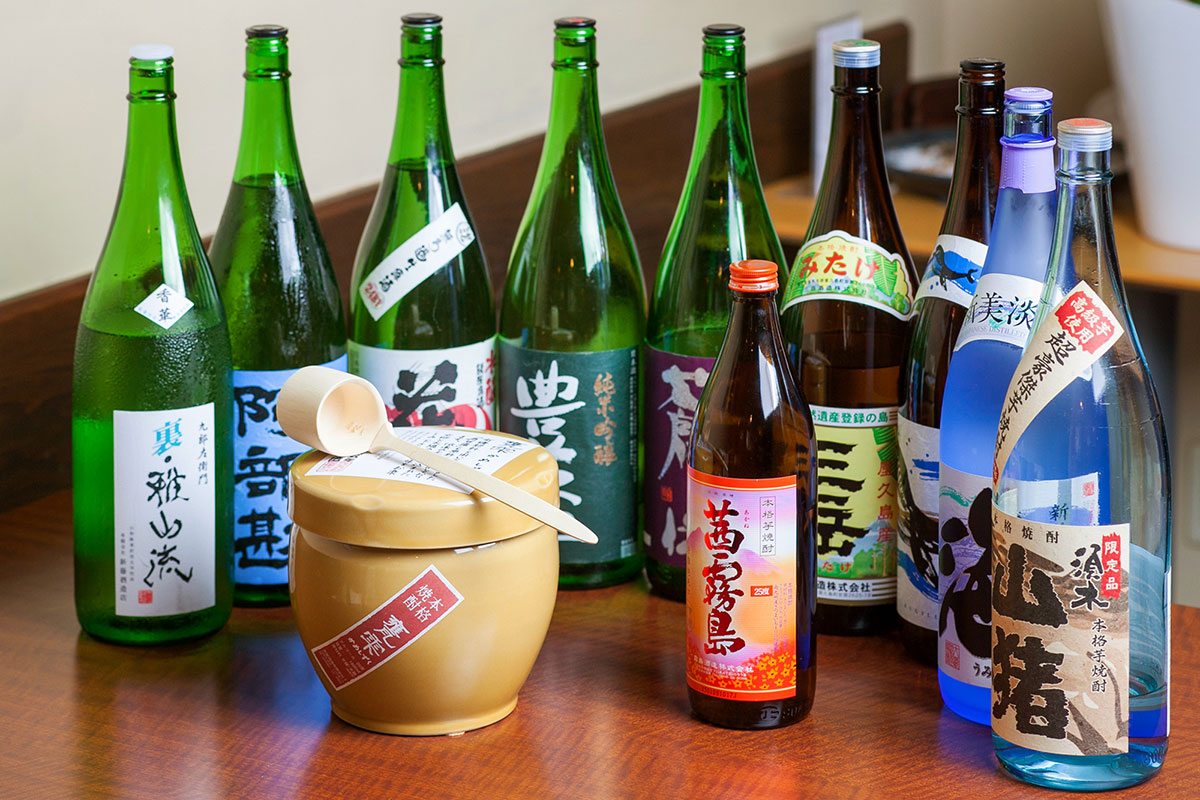

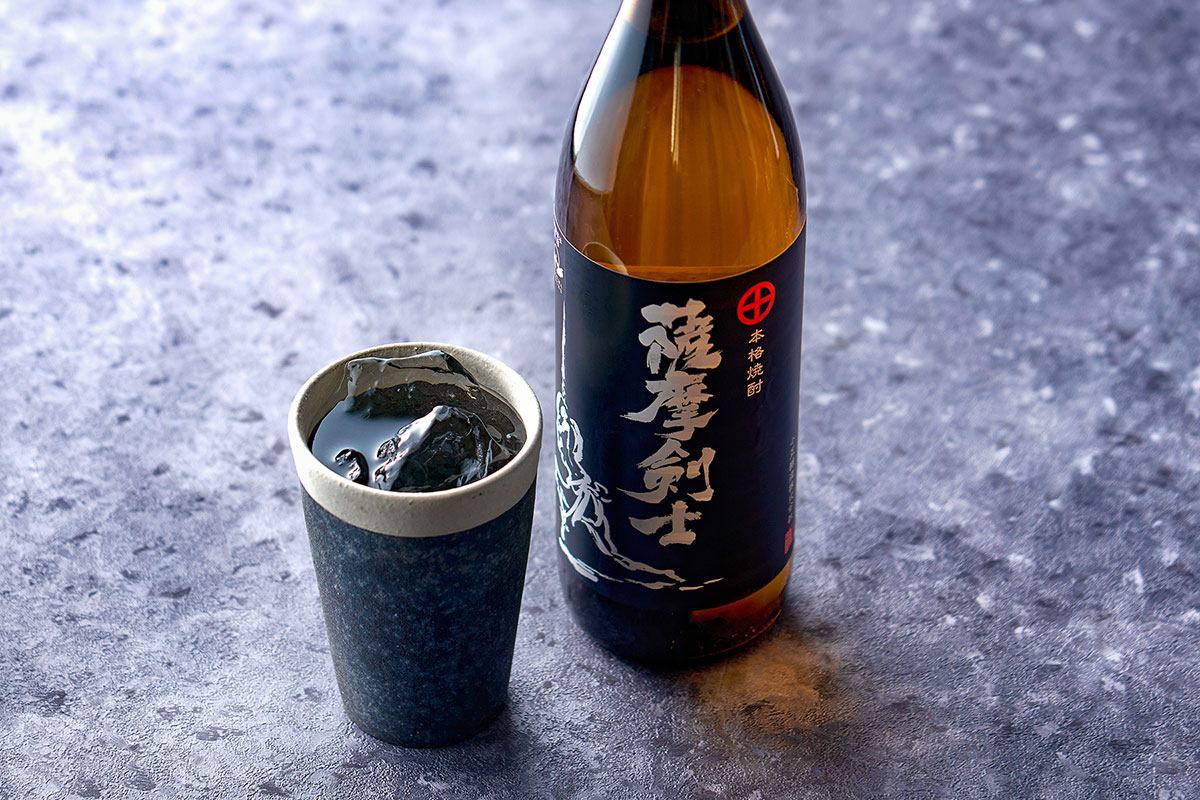
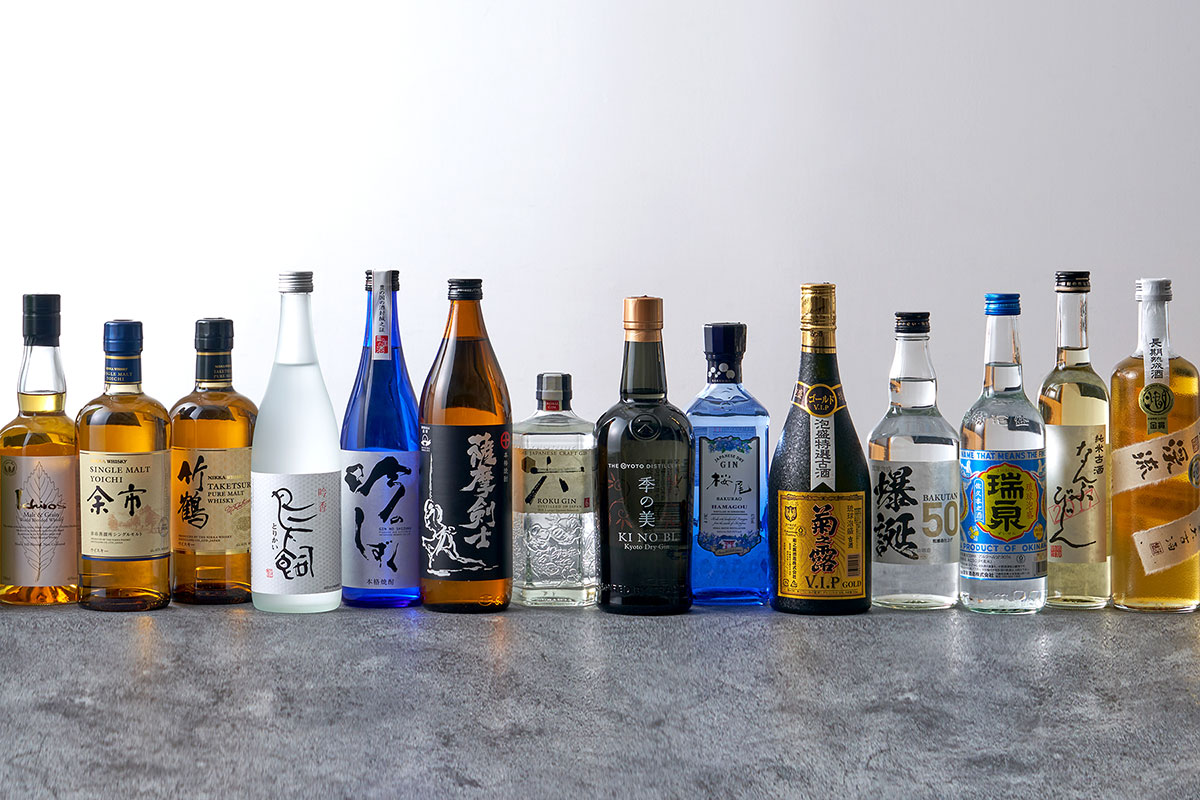

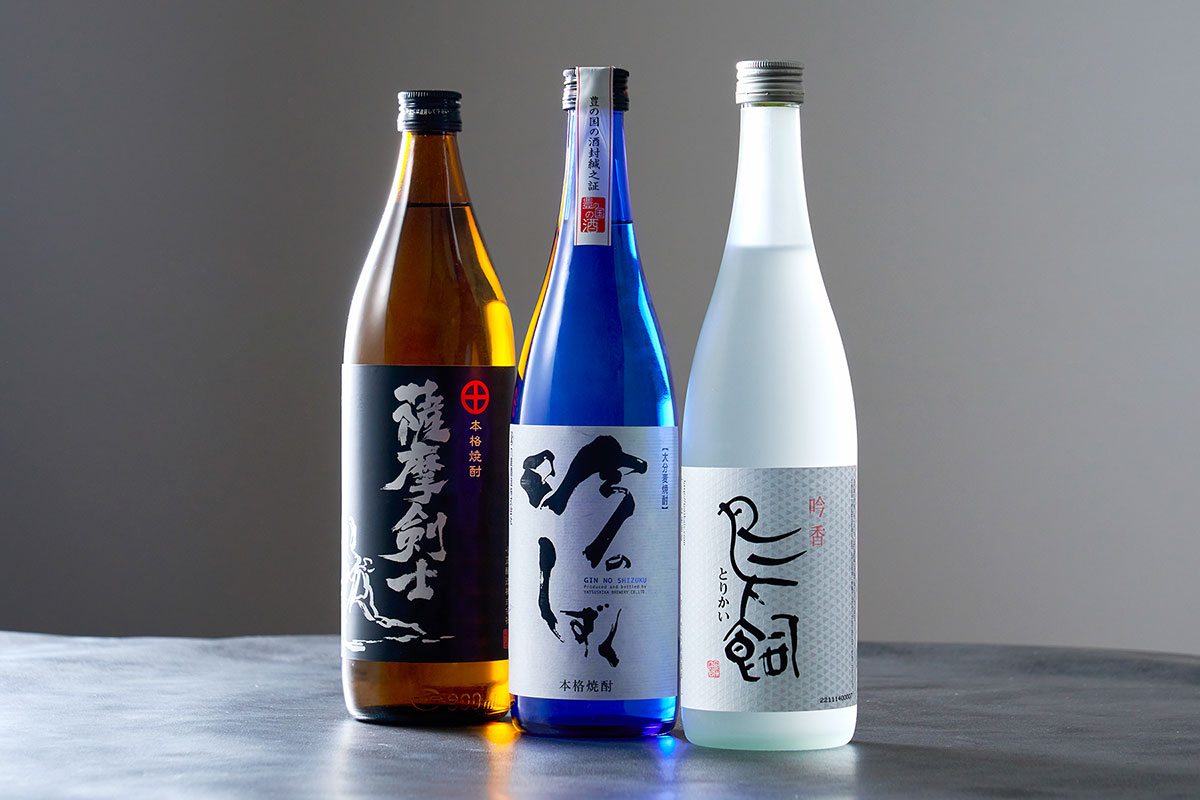


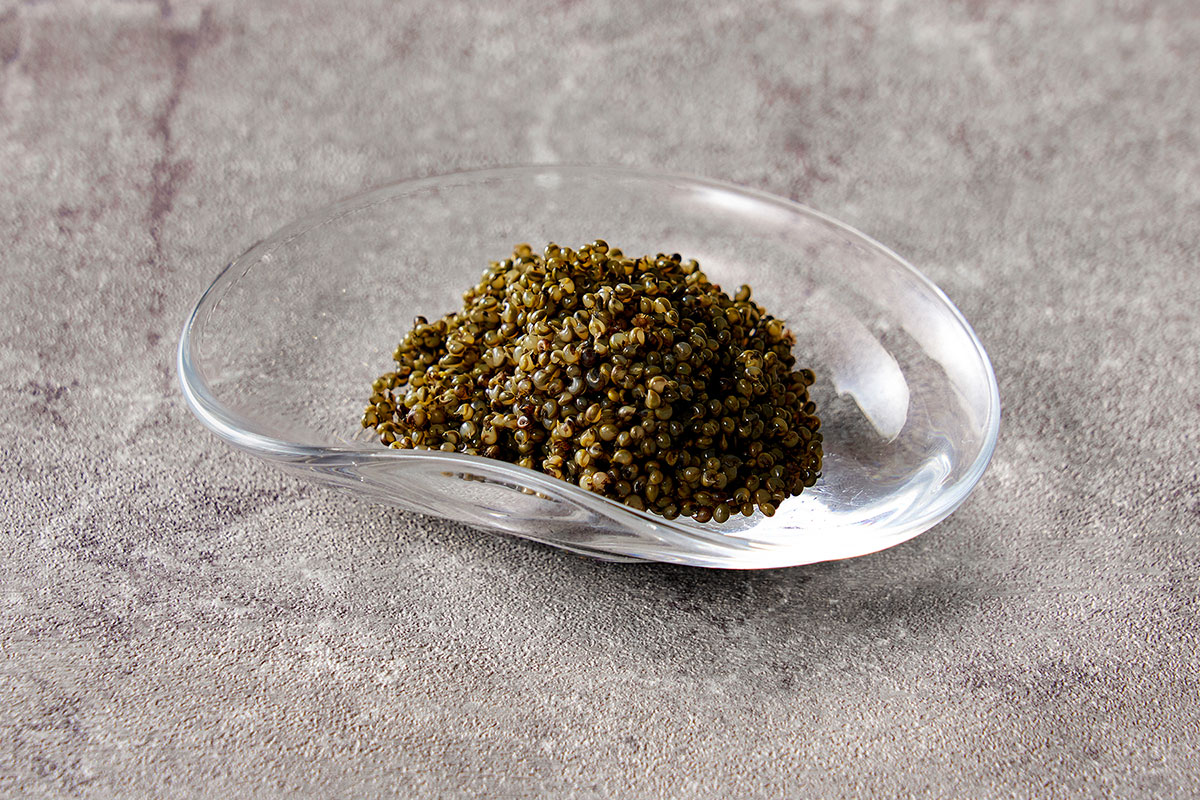
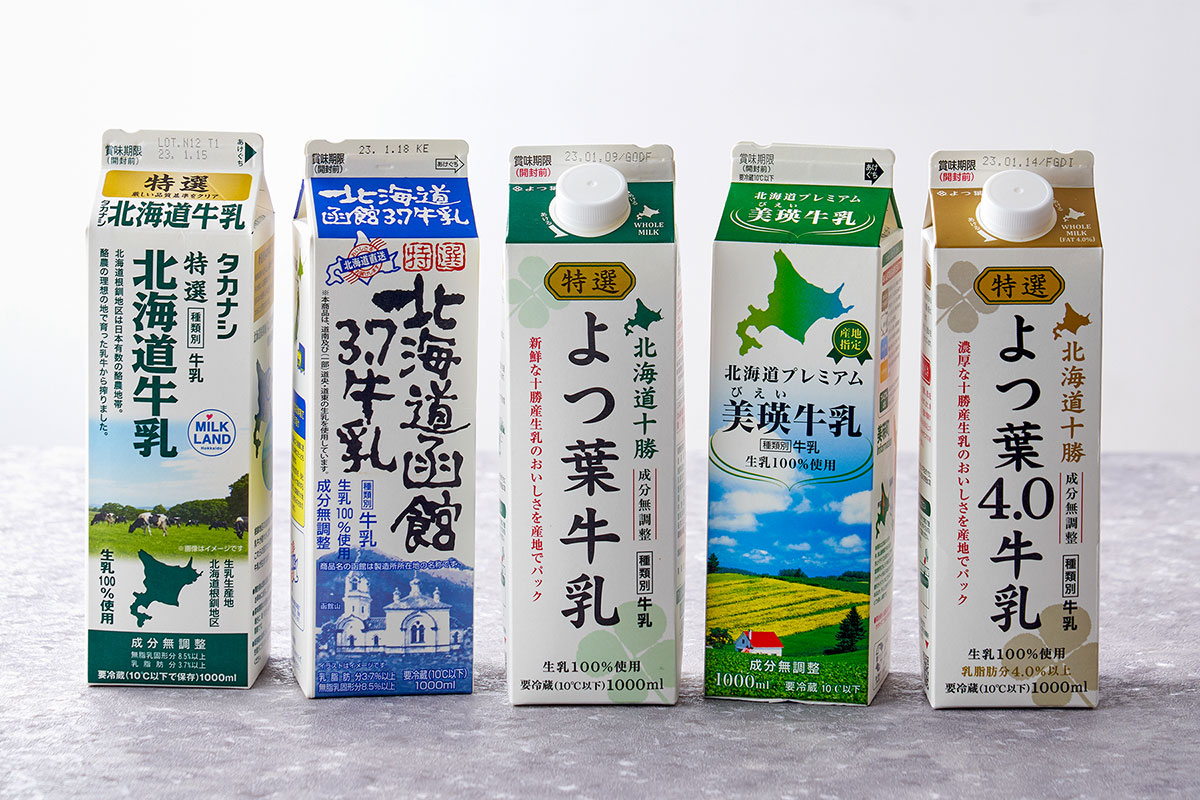

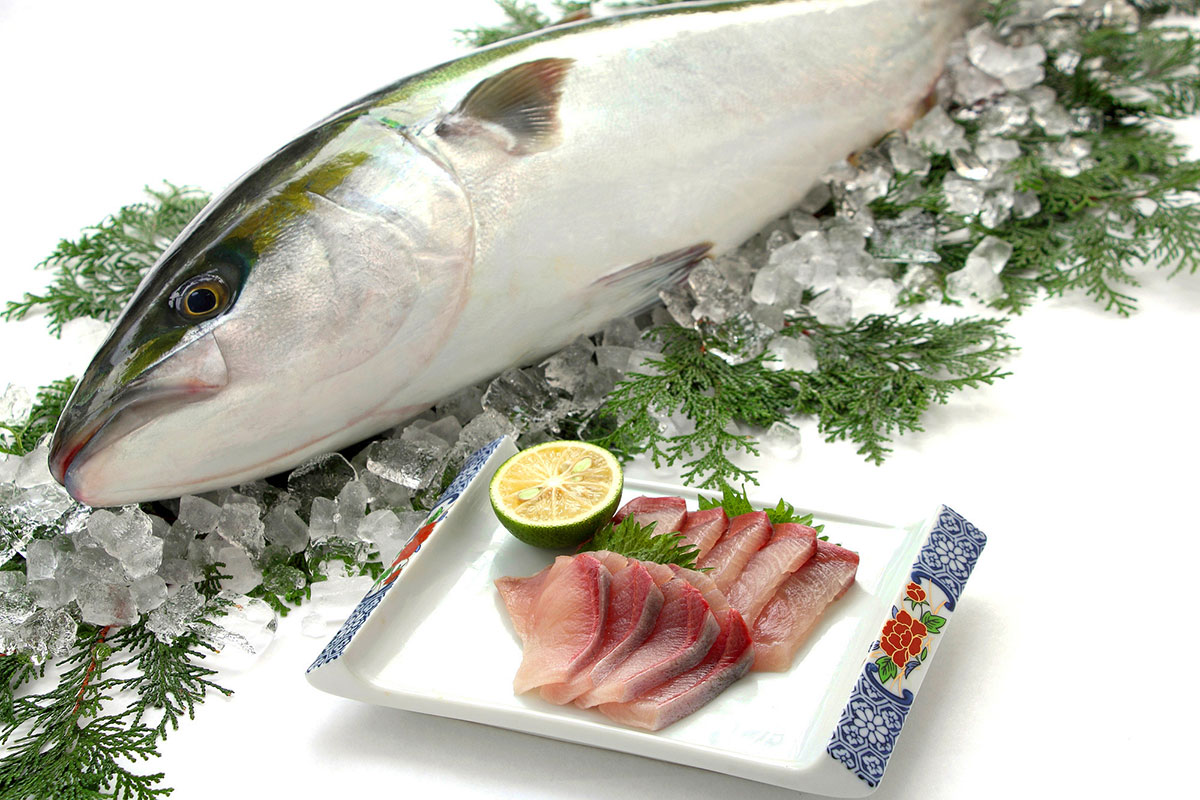
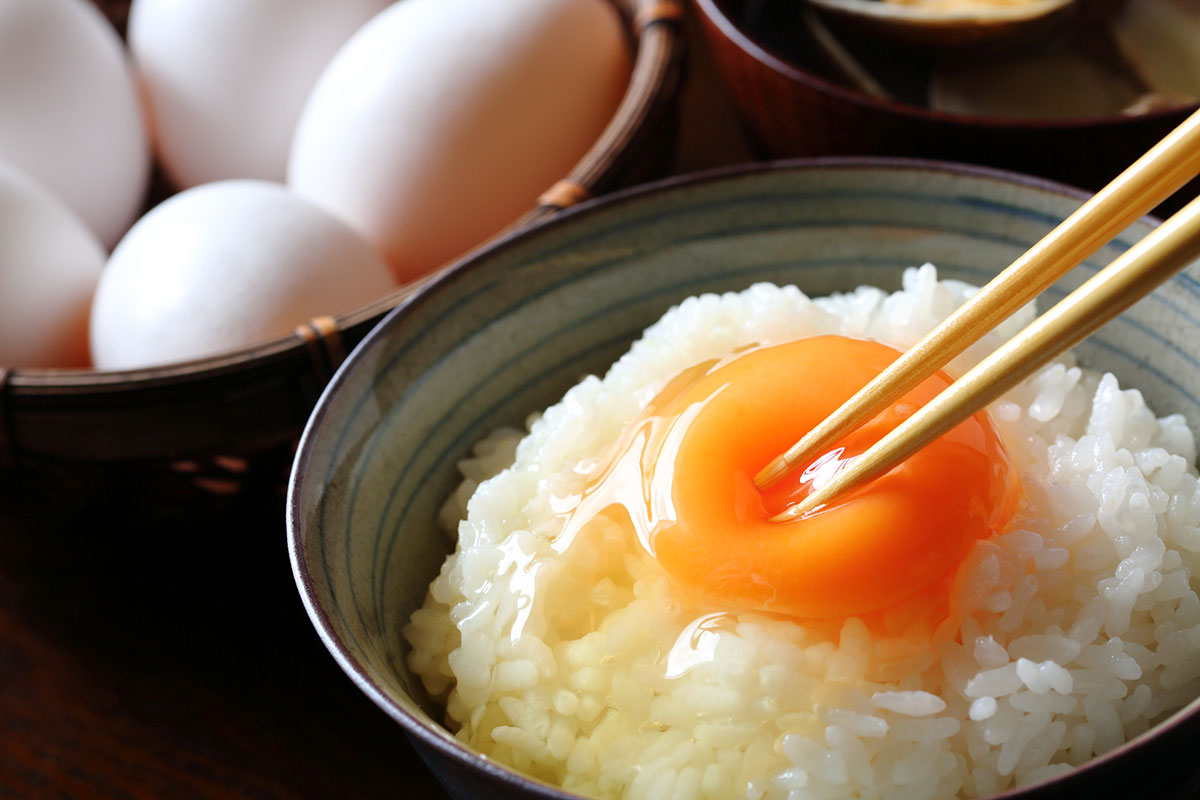
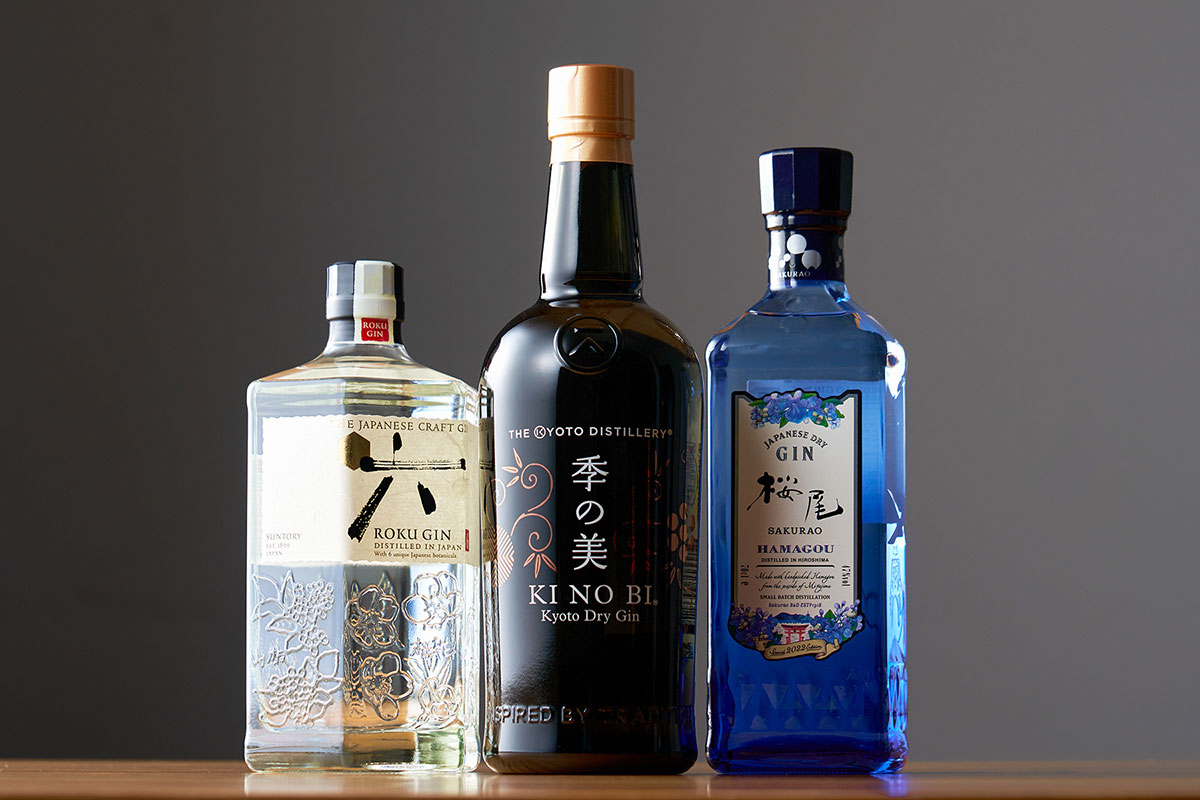

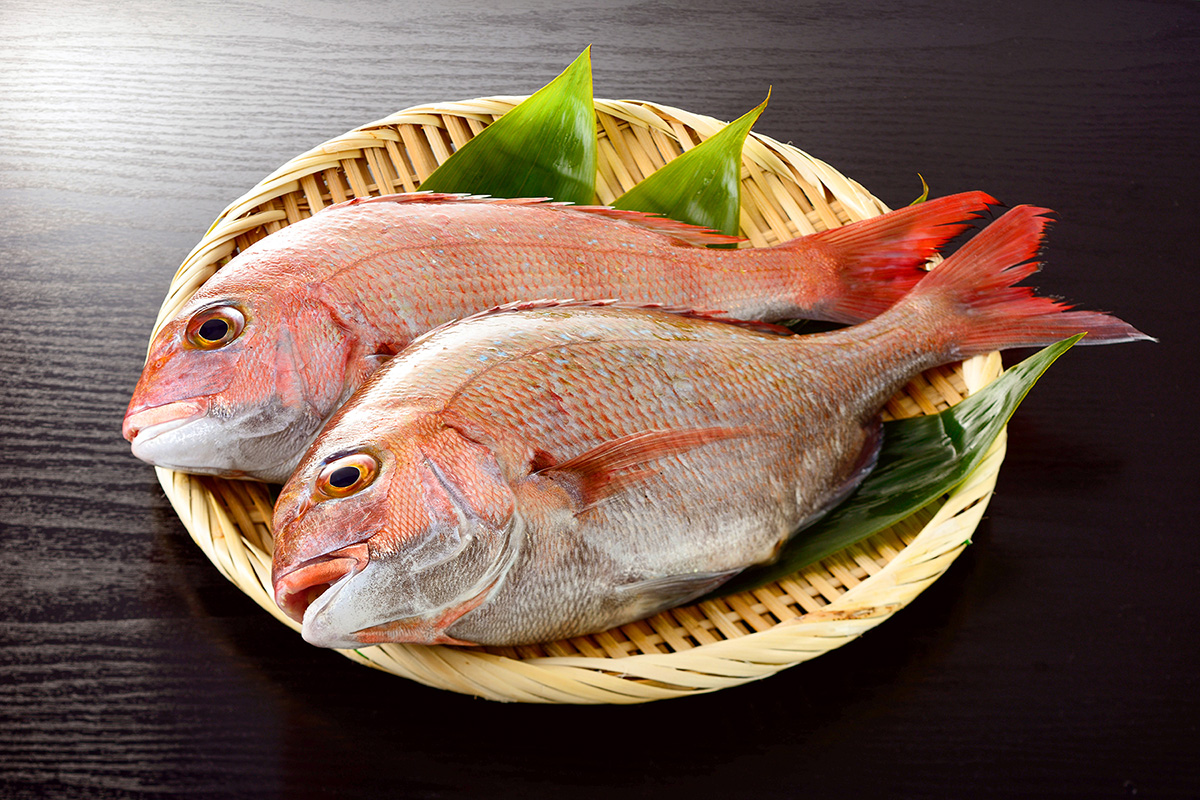
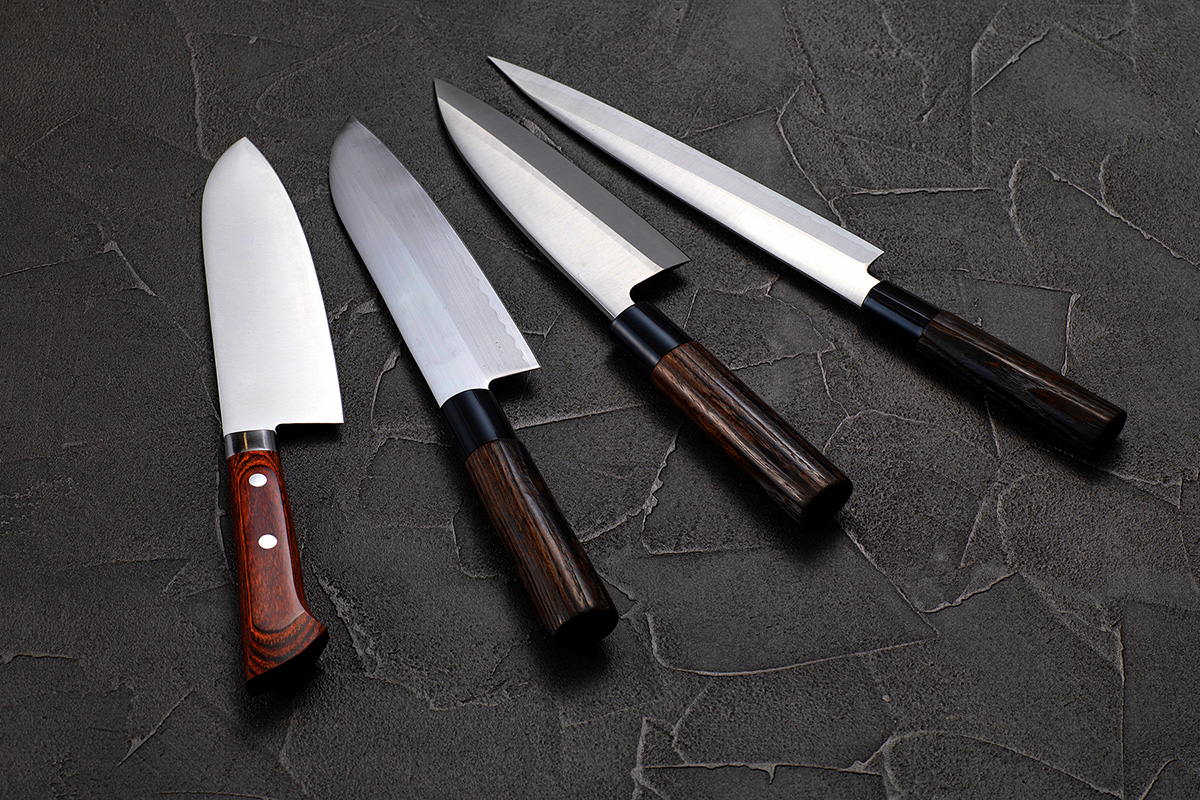
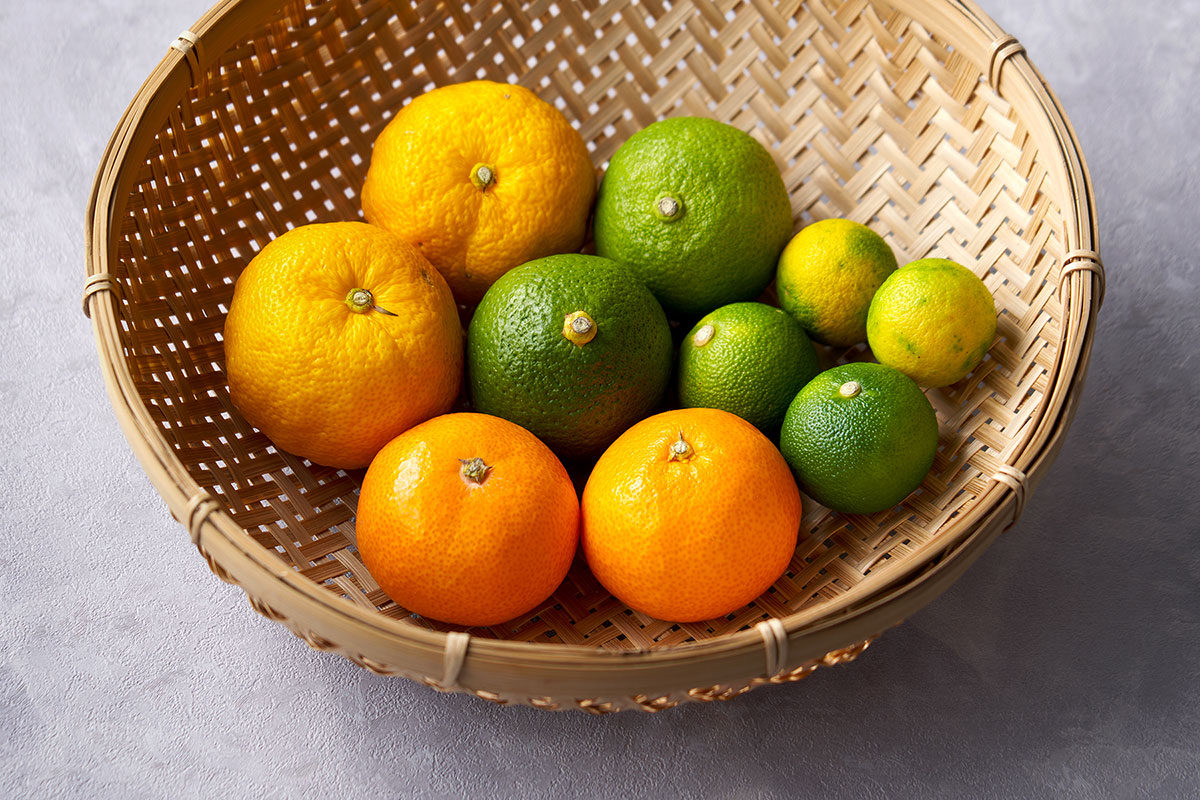
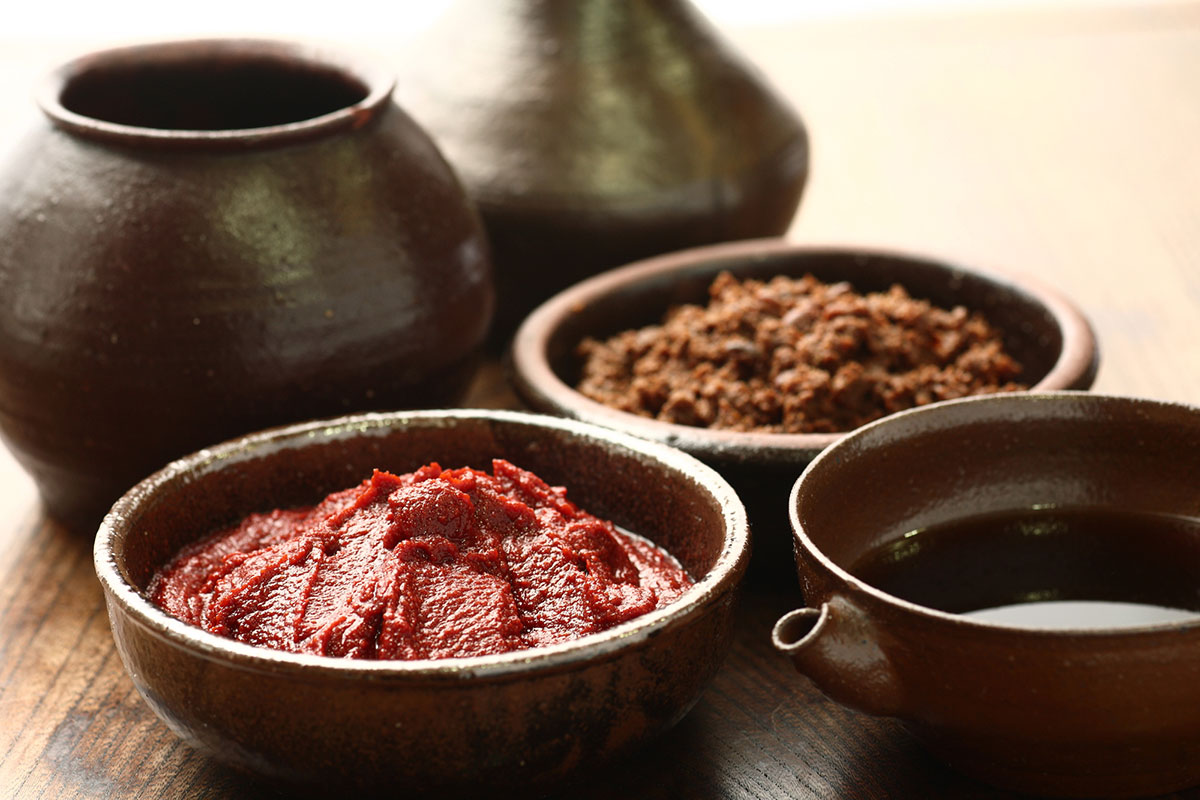
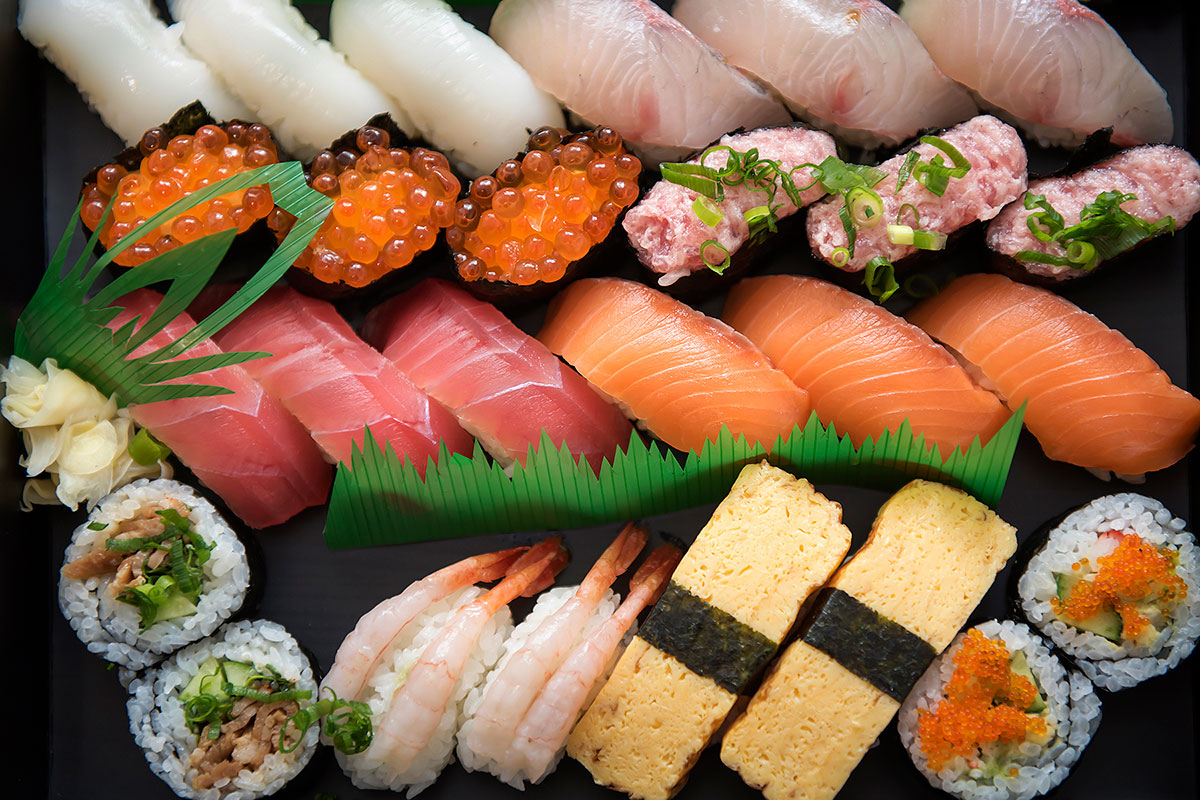
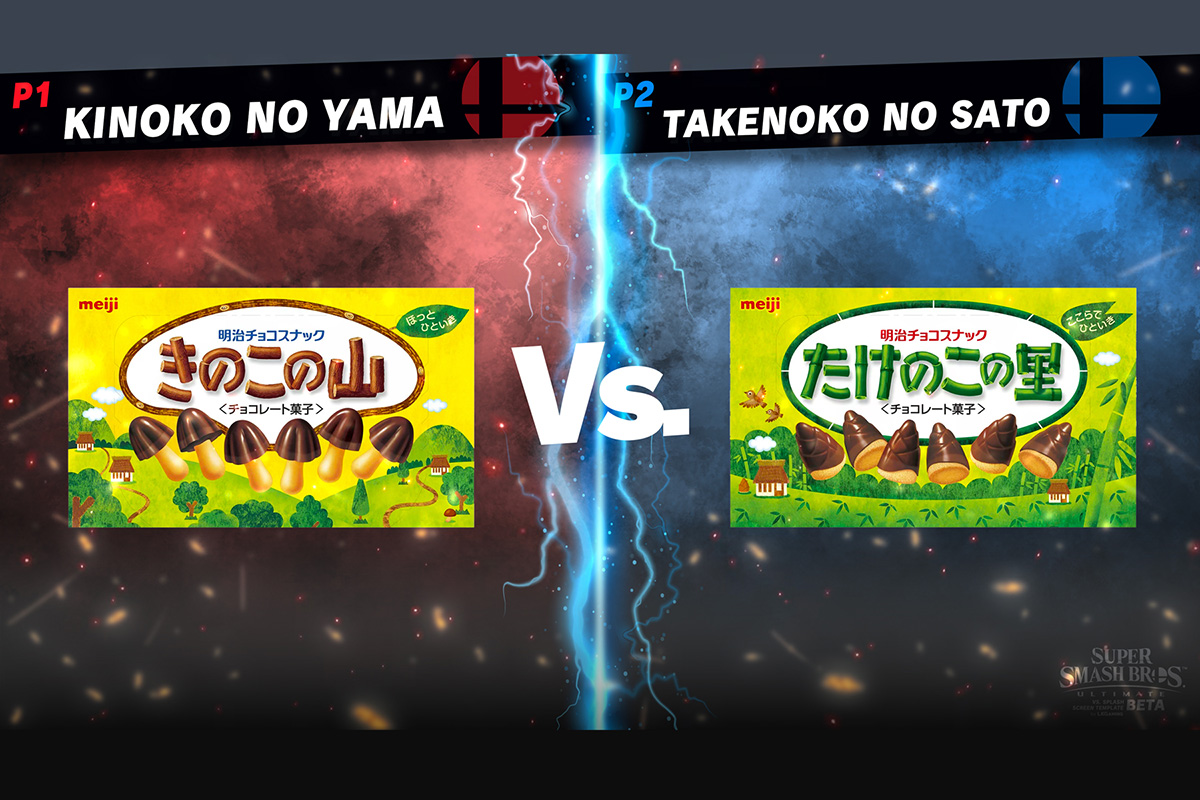
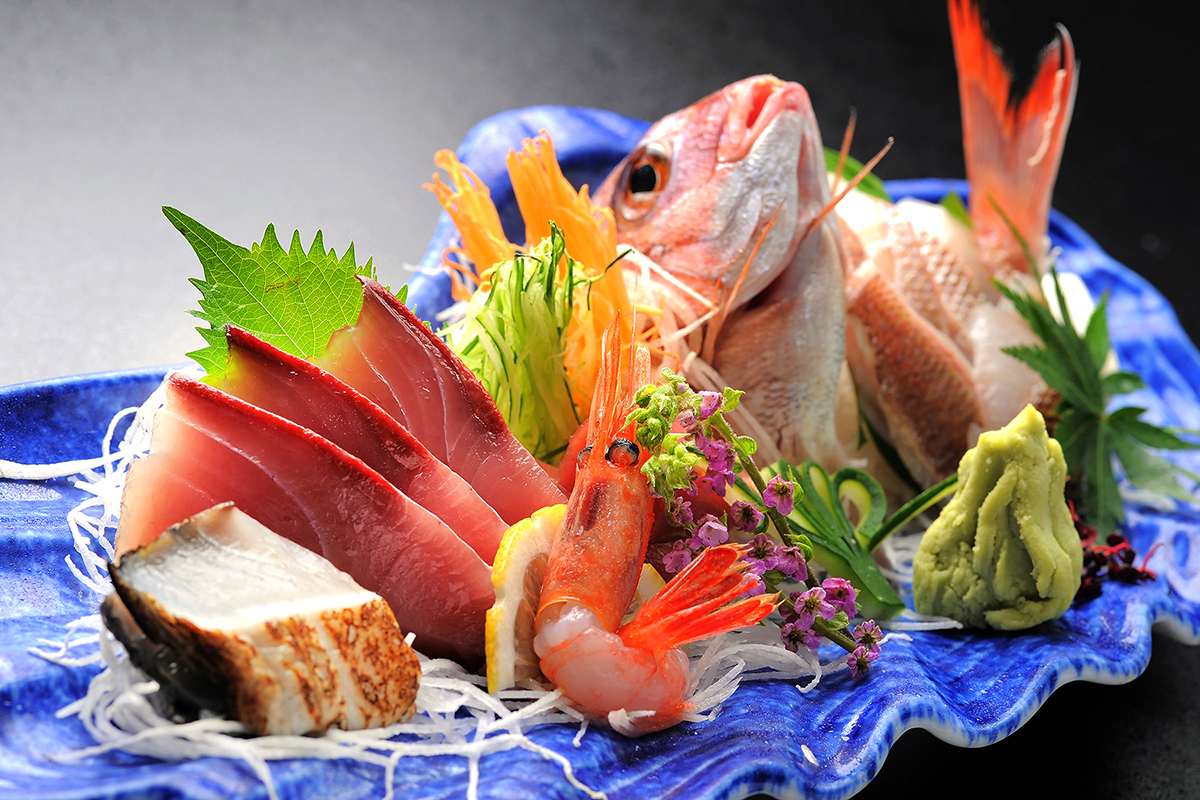
Comment